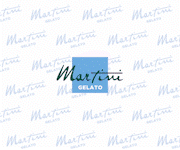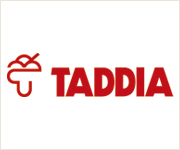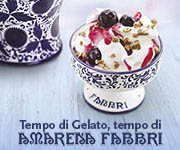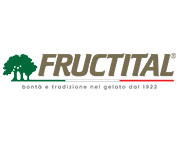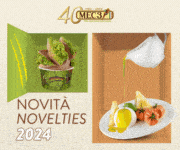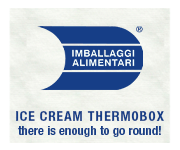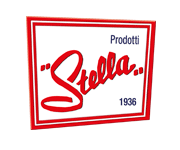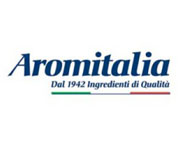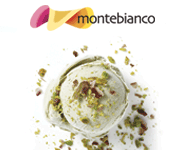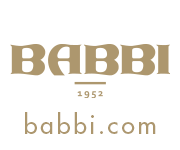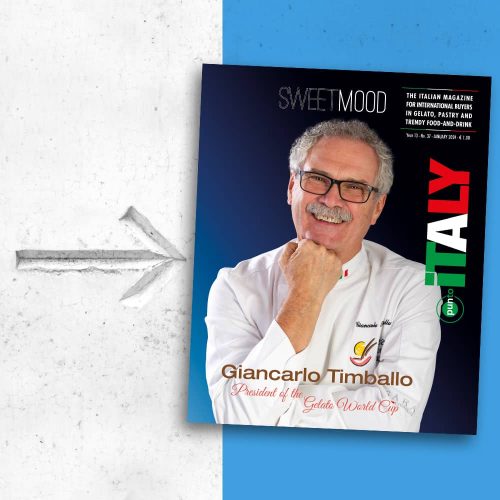Zero degrees latitude
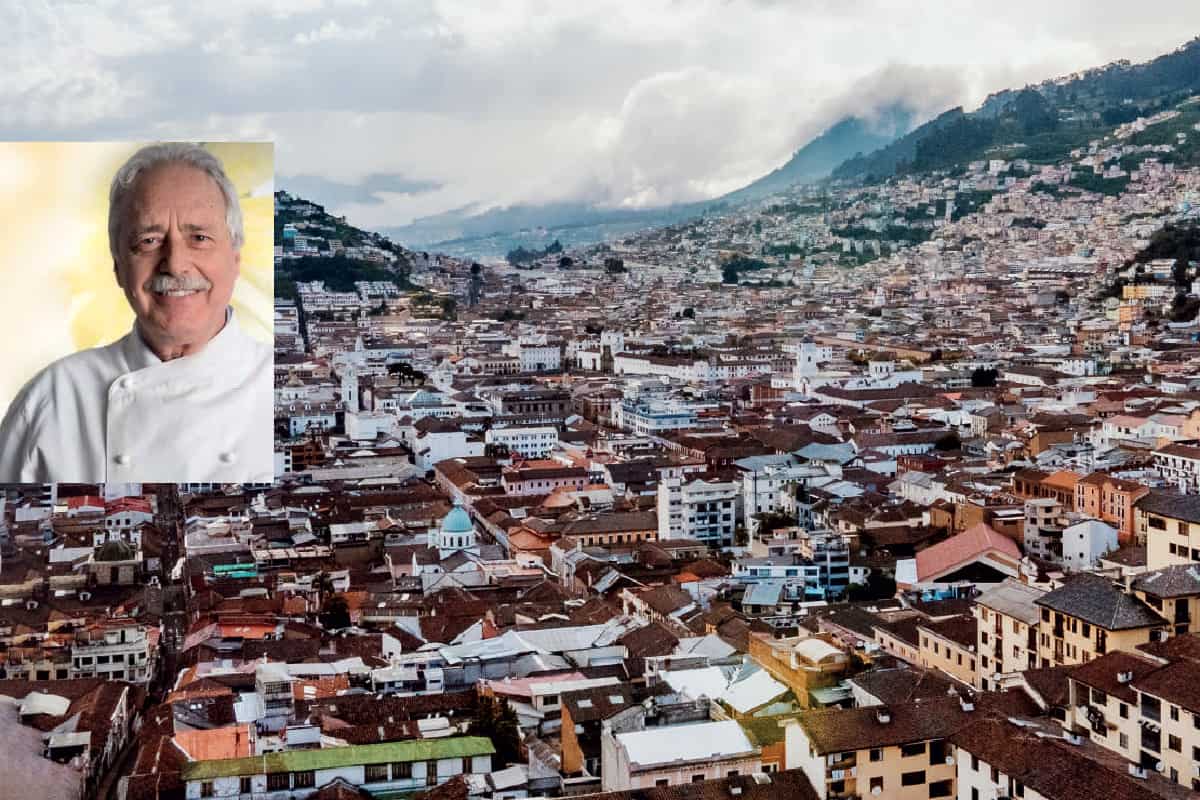
After sixteen hours of travel, here I am finally at the Mariscal Sucre airport in Quito, the capital city of Ecuador. The country is located right on the Equator, at zero degrees latitude, and it is exactly for this reason that this country has its name. Quito is a lively city, with two million inhabitants and a lot of tourism: it is the perfect location to open an Italian-style gelato or coffee shop. And in fact, as I walk around, I happen to come across “Los Helados de la mitad del mundo”: what a nice coincidence!
I then leave for Cuenca, a university city known for its industrial and commercial businesses (it is where the famous and elegant “Panama” hat is produced).
Even though it has maintained its colonial imprint, it is an urban centre with a young heart and an ample international spirit. And it is also dotted with gelato shops, cafés and restaurants. Here, among other things, is located the headquarters of the most dynamic business in the country for the supply of ingredients and accessories for gelato, pastry and hospitality in general. Many products are imported directly from Italy. A stroll through the “10 de Agosto” market in Cuenca is an opportunity to take a look at the generous local offer from mother nature. Here I discover fruits unknown to me, such as a banana with a pink coloured pulp. I cannot help but admire the chicken eggs with multicoloured shells: blue, grey, pink…
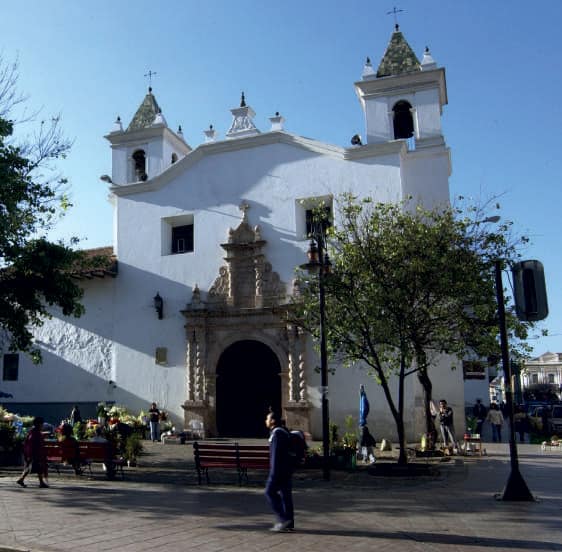
My next stop is Guayaquil, the most populous city of Ecuador which has about 3 million inhabitants. It is home to the largest port of the country, which is also one of the most important on the Pacific coast of Latin America. Here in Guayaquil lives a community of Italian origin, more precisely from the Ligurian city of Chiavari, which is dedicated to the foodservice and hospitality industry. These are certainly the descendants of the numerous sailors who landed in Ecuador in the past centuries. Let’s not forget that the admiral Christopher Colombus was from Chiavari! Guayaquil is in the southwest of the country, on the coastal plans that extend to the north, close to the city of Esmeraldas. In this vast territory, agriculture, and with it, the agri-food industry, play a major role. It is a starting point for trade throughout the world. As usual, I start looking for the typical fruit of the region. I discover lush cocoa plantations. The most cultivated fruit is the cocoa pod, whose seeds become cocoa beans. It could not have been otherwise.
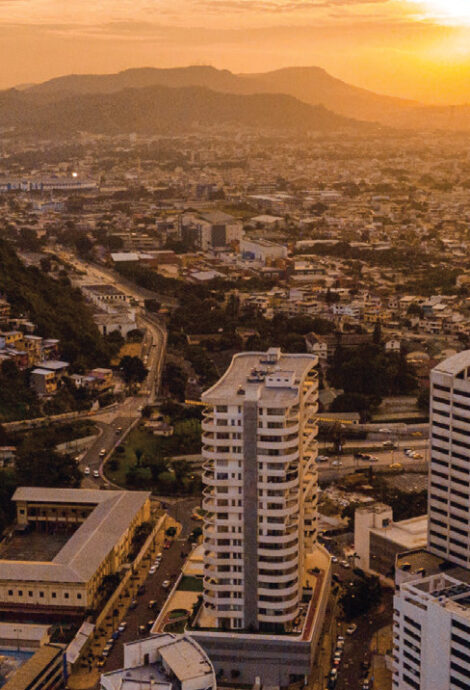
Cultivation of cocoa
Cocoa is the name of the seed of a tree native to Central America. It is widespread in many Latin American regions such as Mexico, Colombia, Brazil and Peru. It is also cultivated in Africa and in tropical islands. It thrives in constantly warm and humid climates. In Ecuador, the plantations are numerous, and they obtain a product recognized throughout the world for its peculiar quality. The first cultivations date back to the seventh century DC thanks to the Mayan people. In 1753, the Swedish scientist Carl von Linnè baptized the ingredient as Theobroma Cacao, that is, the food of the gods. In ancient times, the seeds were also used as a currency. When the Aztecs conquered the Mayan territories around 1200, the cocoa seed became a tax tribute.
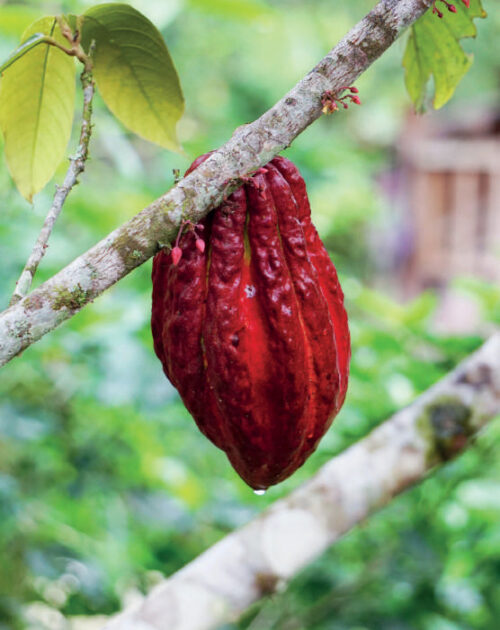
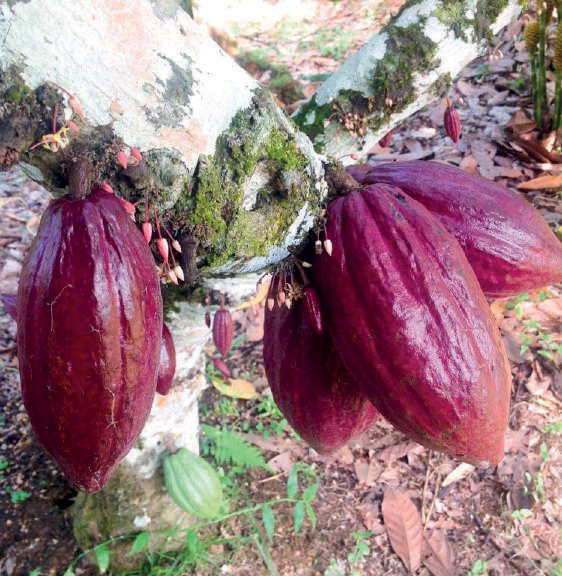
The tree has a medium height, with green leaves and large white flowers streaked with pink. It starts to produce fruit around its fourth or fifth year of life. It reaches the maximum of its production capacity around its twelfth year, maintaining it for twenty or thirty years, sometimes more. Then it starts all over again with a new plantation. The flowering buds start on the trunk and they remain active even after the leaves fall. They turn into fruits (cocoa pods) and, once they are ripe, they are oval shaped and 12-15 cm long. The external colour of the pods can vary from yellow to red, from green to brown. It can also be a mixture of these colours. However, they all turn brown when they reach perfect ripeness. The skin of the fruit is woody and inside there are 24 to 40 seeds, sometimes more. Even the seeds are oval shaped, somewhat flattened like coffee beans. On average, they are 2 centimetres long and 1,5 cm wide. They have a reddish-brown colour and are wrapped in a white membrane-pulp, fragrant and with a sweet taste. The locals consume it and I have created a sorbet with this delicious ingredient.
The production cycle
After the beans are cleaned, shelled and calibrated, they are roasted with different methods and equipment. They can be processed directly on an open flame, for forty or fifty minutes, or with hot air at a temperature of 250°C for about twenty or twenty-five minutes. Once they have been roasted, the seeds are placed in drum mixers and cooled with a stream of air. They are then coarsely crushed to form cocoa nibs and sifted to remove any impurities. At this point, they are ready for the next processing steps. To produce chocolate, sugar is added in various percentages. It is then further refined and finally blended with different processing times (where the cocoa mass is constantly mixed at a high temperature in order to obtain a homogenous mixture). The production of cocoa powder takes place after the extraction of cocoa butter. Four levels of extraction of cocoa butter distinguish the different types, obtaining cocoa powders with different fat contents: at zero percent cocoa butter (low-fat cocoa), from 10-12 percent, from 22-24 percent and up to 26 percent. “Dutch cocoa” (invented by the Dutch) is a cocoa powder that undergoes a treatment with potassium bicarbonate at the same time the beans are roasted. This process makes it more soluble and more aromatic, as well as giving its typical reddish-brown colour.

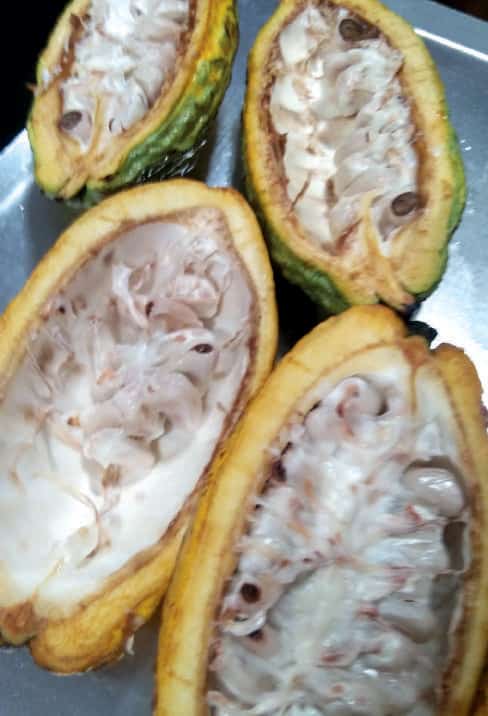
Seed processing
Once the pods have been harvested, the seeds are extracted. These seeds are fermented for three or four days lying on the ground on jute cloths and covered with banana leaves. During this phase, the organoleptic properties of the fruit are naturally modified. The flavour becomes more aromatic and less bitter, and at the same time the colour becomes more uniform. After the fermentation process is completed, the seeds are dried in the sun. They are then stripped of any impurities and selected based on their size. During this phase, the seed has a reddish-brown colour and the pulp on the inside should melt in your mouth and leave a greasy residue on your fingers. This results in the so-called green cocoa, which can be found on the market in bags of sixty, eighty or one-hundred kilograms. Cocoa is classified as a stimulant thanks to the presence of theobromine and caffeine, two substances that make it an aphrodisiac. Or so it was believed at the time of the Maya and Aztec populations.
Recent Blog Posts
 Medac and AIFA: Hip hip hooray for Charles!
Medac and AIFA: Hip hip hooray for Charles!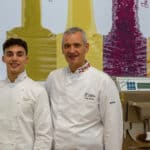 Sigep 2024 - Carpigiani’s special events with a look at the “green” future of Gelato and pastry
Sigep 2024 - Carpigiani’s special events with a look at the “green” future of Gelato and pastry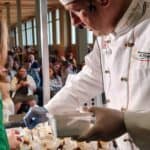 Maurizio Manzi, as Ambassador for AIG, at the Melbourne Italian Festa
Maurizio Manzi, as Ambassador for AIG, at the Melbourne Italian Festa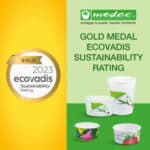 Medac awarded with the EcoVadis gold medal
Medac awarded with the EcoVadis gold medal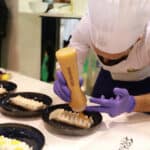 MIG Longarone and SIRHA Budapest: a new dynamic space for italian gelato
MIG Longarone and SIRHA Budapest: a new dynamic space for italian gelato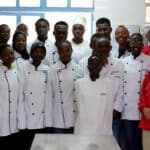 Medac supports Alice Italian Food Academy
Medac supports Alice Italian Food Academy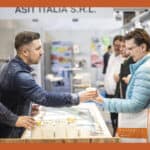 The Gelatissimo 2024 online ticket office is officially open.
The Gelatissimo 2024 online ticket office is officially open. Casa Optima Group looks for two exclusive agents
Casa Optima Group looks for two exclusive agents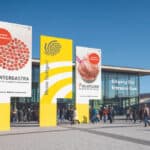 Gelatissimo 2024: here the first information
Gelatissimo 2024: here the first information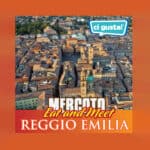 Ci Gusta opens a new store into the “Il Mercato Eat&Meet” in Reggio Emilia
Ci Gusta opens a new store into the “Il Mercato Eat&Meet” in Reggio Emilia


